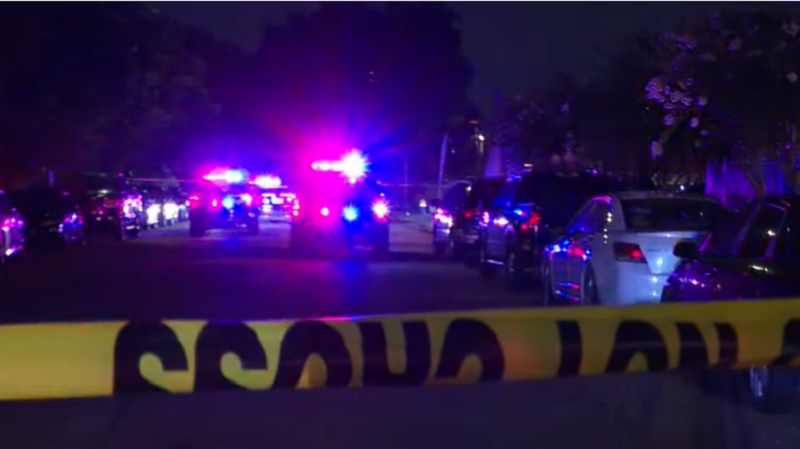
People are dying. We can talk stats, we can talk policy, and we can lament the state of the nation, but higher crime rates mean people are hurting. Fear stalks behind the numbers and gets amplified in the headlines. Can we do anything about it? History tells us that we can.
The FBI is noted as the repository of national crime rates, but they were not the first collector of those statistics. The International Association of Chiefs of Police began the process of gathering data on crimes reported to the police in the late 1920s. Congress authorized a national database and assigned the task to the FBI in 1930. The collection, known as the Uniform Crime Report (UCR) continues to be the flagship of crime measurement in the U.S.
We know a family torn apart by homicide. We found our car stolen or without its catalytic converter. We feel compelled to install alarms and security cameras. Crime is real. Just be thankful you weren’t around after the Civil War.
As history shows, the crime rate leveled off for a period, then began a rise in the 1920s through the mid-1930s, attributed to criminal activity generated by Prohibition. While the law against alcohol was supported widely enough in theory to pass a Constitutional amendment, but not widely enough to reduce demand. The dramatic increase in homicide during this period, as well as a more mobile criminal, resulted in increased powers of the FBI and greater attention to measuring crime.
The poverty of the Great Depression resulted in a rise in crime that declined when the economy improved and with the onset of WW2, drafting males of traditionally higher crime ages into military service. Lest we automatically assume that a bad economy equals more crime, the prosperity of the late 1960s was accompanied by higher crime rates.
The 1960s rise was not just more young people (more prone to making bad decisions) as the Baby Boomers came of age, but was accompanied by a lot of social upheaval. Homicide rates more than doubled during the Vietnam War era 1963-1973. Crime became a political issue and President Johnson expanded federal attention, research, and funding to address policing. Those efforts appeared to have an effect until the high crime era of the 1980s.
Fear of crime with the epidemic of drugs and gangs that bled into the suburbs from the inner city was addressed in the Clinton – Bush presidential race. Clinton paid attention to crime and the economy, while Bush said little about crime and reneged on his promise of no new taxes. Clinton (with notable support from then-Senator Biden) enacted a host of legislative reforms and criminal justice funding. These efforts were at least partly responsible for a dramatic decrease in crime in the 1990s as the prison population boomed and zero tolerance for juvenile crime prevailed. Some also noted that the 1973 expansion of abortion reduced the potential field of juvenile criminals preemptively.
We now enter the modern times of the Obama-Biden era where apologies were made for putting people in jail, police were demonized, and felonies were reclassified as misdemeanors or simply not crimes at all. Crime predictably rose alarmingly and remains troublesome. Following the up-and-down cycle of non-enforcement to getting tough on crime, we are now seeing a slow turn away from the permissiveness and outright celebration of criminality toward a return to asking for law enforcement to regain its rightful place in an orderly society. If we achieve a reset of controlling crime over the next few years thousands of lives will be saved and improved.
Depending on voter activism, 2025 could be a major turnaround year. Then hold on to your hats, because according to history when we start feeling safe in our homes again, we soften our position on law and order and the cycle begins to turn again.